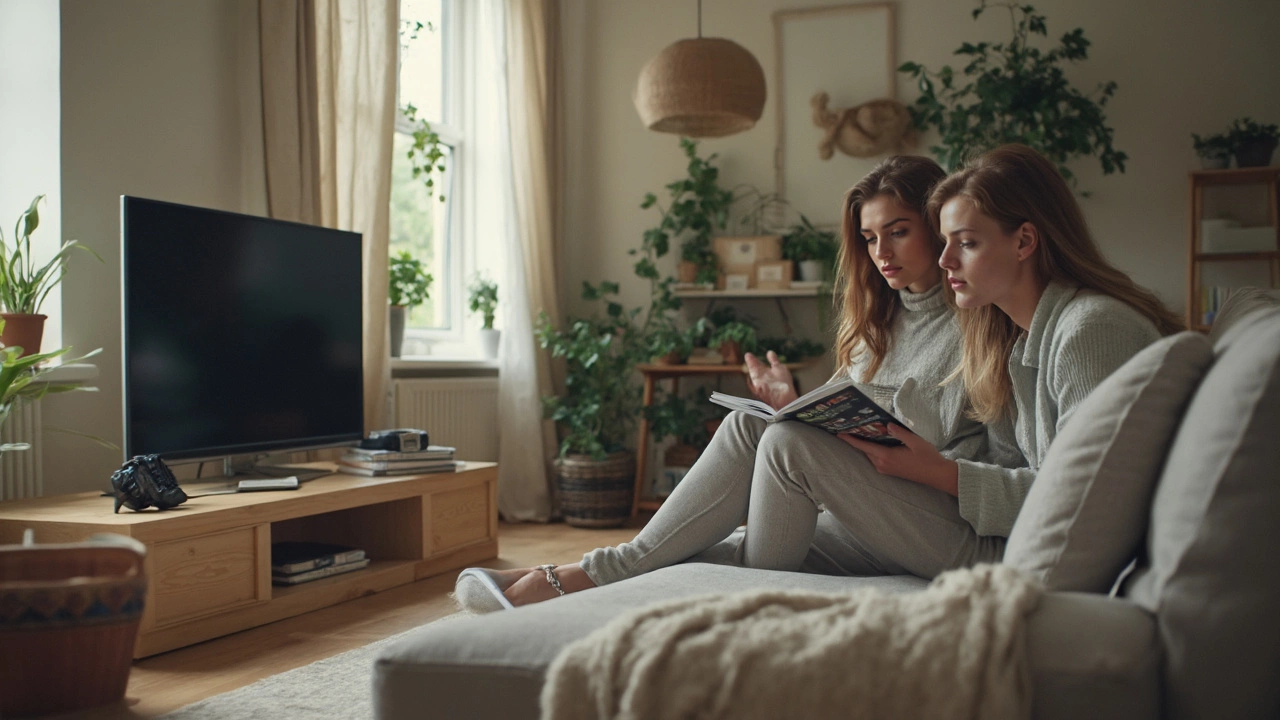Furniture Setup: Simple Steps to a Perfect Room
Got a room that feels off? Maybe it’s not the paint or the lighting – it could be how the furniture sits. A good furniture setup makes a space feel bigger, cozier, and easier to use. Below are real‑world tips you can try today without hiring a designer.
Plan Your Space Before You Move Anything
Start with a quick sketch of the floor. Grab a ruler or use a phone app to note the length of walls, windows, and doors. Then, measure the biggest pieces – sofa, dining table, TV stand – and draw them to scale. Seeing the layout on paper helps you avoid squeezing a couch into a tight corner or blocking a doorway.
Next, think about traffic flow. Aim for at least 2‑feet of walking space between pieces. If you’re arranging a living room, picture the path from the entrance to the TV or coffee table. You’ll notice spots where people might trip or bump into furniture. Move the items that cause bottlenecks to a different spot.
Key Pieces and How to Place Them
Sofas and Sectionals: Position the main sofa so its back faces a focal point – a TV, a fireplace, or a large window. If the room is narrow, place the sofa against the longer wall instead of the short one. For corner sofas, try a “left‑hand facing” layout; this means the open side faces the room’s center, creating a natural conversation zone.
Coffee Tables: The ideal coffee table height is about the same as the seat cushion or a bit lower. A good rule is to keep the table width roughly two‑thirds of the sofa length. If you have a round coffee table, make sure there’s enough clearance for legs to move comfortably.
TV Stands: Your TV stand should be a few inches wider than the screen, but not so wide it looks oversized. For a 55‑inch TV, a stand around 60‑inches works well. Keep the stand at eye level when you’re seated – typically 24‑30 inches from the floor.
Dining Areas: A rectangular table works best in narrow rooms; place chairs so there’s at least 24‑inches of space for each person to sit and stand. If space is limited, a round table can fit tighter corners, just make sure the chairs don’t hit each other when pulled out.
Outdoor Furniture: Protect garden pieces from rain with waterproof covers or a simple tarp. Store them under a shed or balcony when not in use. This extends their life and keeps them looking fresh.
Finally, add personality with accessories – lamps, rugs, and cushions. A rug that’s slightly larger than your seating area grounds the space and adds warmth. Keep décor balanced: one bold piece, a few neutral items, and you’re good to go.
Take a step back, walk around, and see how the room feels. If something feels cramped, swap it with a smaller piece or try a new arrangement. Small tweaks can make a huge difference. Happy setting up!
TV Stand Smaller Than TV: Is It Really a Problem?
Worried your TV is hanging off the edges of your stand? This article breaks down if it's actually okay for your TV stand to be smaller than your TV, what that means for stability, safety, and style, plus tricks to work around it. Learn about real risks, clever solutions, and a few design secrets that can make even a small stand work well for big screens. Get practical advice on what to avoid and how to make your setup both safe and stylish. This straight-talk guide leaves you equipped to decide what's right for your space.
View more